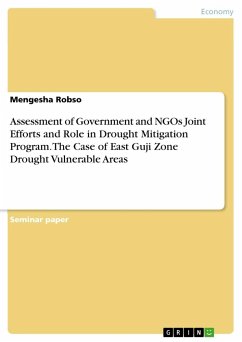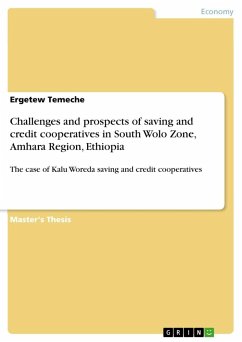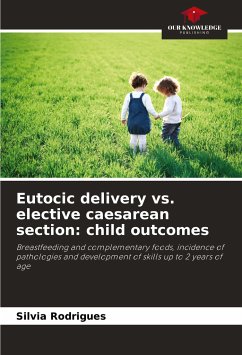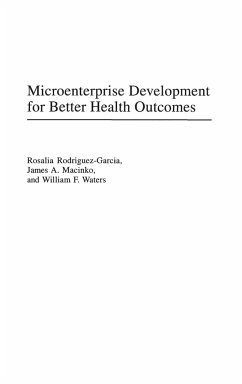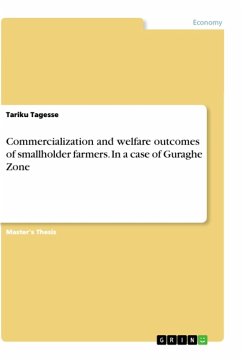
Commercialization and welfare outcomes of smallholder farmers. In a case of Guraghe Zone
Versandkostenfrei!
Versandfertig in 1-2 Wochen
47,95 €
inkl. MwSt.

PAYBACK Punkte
0 °P sammeln!
Master's Thesis from the year 2019 in the subject Business economics - Miscellaneous, grade: 3.56, Wolkite University (Department of Economics), language: English, abstract: The current Ethiopian economy is based on agriculture and the transition from subsistence to commercial agriculture is important. This study focused on identifying the determinants of commercialization and evaluating the welfare outcomes of smallholders at different level of commercialization in SNNP, Guraghe Zone. Descriptive and econometric methods were employed to analyse the data collected from a sample of 188 househol...
Master's Thesis from the year 2019 in the subject Business economics - Miscellaneous, grade: 3.56, Wolkite University (Department of Economics), language: English, abstract: The current Ethiopian economy is based on agriculture and the transition from subsistence to commercial agriculture is important. This study focused on identifying the determinants of commercialization and evaluating the welfare outcomes of smallholders at different level of commercialization in SNNP, Guraghe Zone. Descriptive and econometric methods were employed to analyse the data collected from a sample of 188 households using structured household questionnaires. The design of data was both qualitative and quantitative multistage sampling methods were used. The findings from the descriptive shows 79% of the households participate in output market and 21% is not. From the (CCI) result commercialization of households is levelled into low, medium and high on the average consumption of food, non-food and durable goods. A probit regression model was applied to analyse the determinants of the commercialization. The findings from the probit regression model the explanatory variables: sex of households, education, extension package, access to credit, transport access, fertilizer, family size and distance from home to market are important and statistically significant impact on commercialization of householders. From the variables only distance is the negative impact but rest of them have a positive impact. In the second dependent variable (welfare outcome) the OLS model were employed. The result shows, the explanatory variables human capital, Commercialization of smallholder farmers, Family size, Total income, and food security were significant. Finally, the findings indicate that the farmers can be highly integrated with the market, then gate better skill on price of product and appropriate information to produce market-based products and farmers with high level of commercialization makes better- welfare outcomes.




